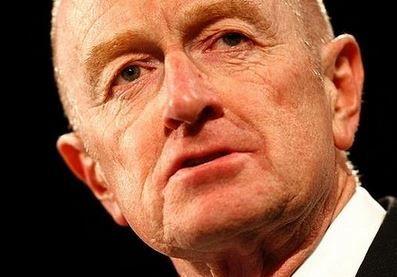The Reserve Bank of Australia announced on Tuesday that it had decided to keep interest rates low for the 14th successive month. The central bank said that given sluggish growth the decision was justified, despite recent signs of accelerated consumer spending.
Not only did the central bank maintain its cash rate at 2.5%, a 54-year low, it also confirmed that any changes were highly unlikely to occur until well into 2015.
Most economist had expected the Reserve Bank Board to leave rates unchanged. The Australian dollar rose marginally on Tuesday.
Reserve Bank of Australia (RBA) Governor Glenn Stevens said:
“Overall, the Bank still expects growth to be a little below trend for the next several quarters,” said RBA Governor Glenn Stevens, in what was a carbon copy of recent statements. On present indications, the most prudent course is likely to be a period of stability in interest rates.”
The Australian share market ended the day slightly up, after a volatile session. Investors were torn between the good news – stronger than expected retail sales – and the bad news – a larger than expected trade deficit.
Mr. Stevens said “On present indications, the most prudent course is likely to be a period of stability in interest rates.”
The S&P/ASX 200 Index and the All Ordinaries Index rose 0.2% each on Tuesday. In early trading there were some moderate-to-strong gains, which eased off later in the day. The Melbourne Cup horse race was probably higher up in the list of investors’ priorities.
The RBA would like to see the Australian dollar slide more, which would help exports. The strategy so far has not succeeded.
Mr. Stevens said after Tuesday’s Board meeting:
“The exchange rate has traded at lower levels recently, in large part reflecting the strengthening US dollar. But the Australian dollar remains above most estimates of its fundamental value, particularly given the further declines in key commodity prices in recent months.”
RBA’s official statement accompanying the decision to hold rates was virtually identical to last month’s, with the addition of the old line about the Australian dollar being too high.

